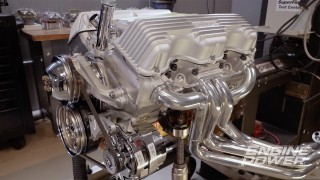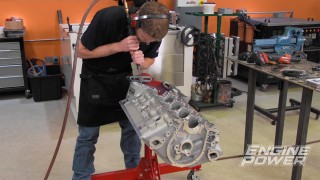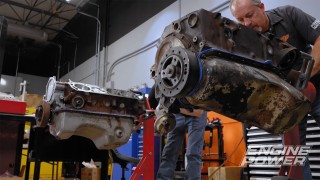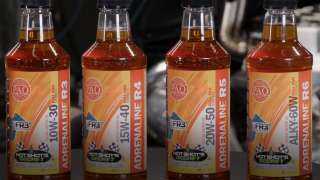
Winning at the Track with the 3000HP Diesel Master
Diesel truck drag racer Lavon Miller has been pushing the boundaries at the strip. He’s in our shop with all the race winning insight used for his record-breaking season. Plus, solving a thrown code on a 2006 Dodge Ram 1500.
Season 8
Episode 18
Hosts: Pat Topolinski, Frankie Forman
First Air Date: September 20, 2021
Duration: 21 minutes 35 seconds











































